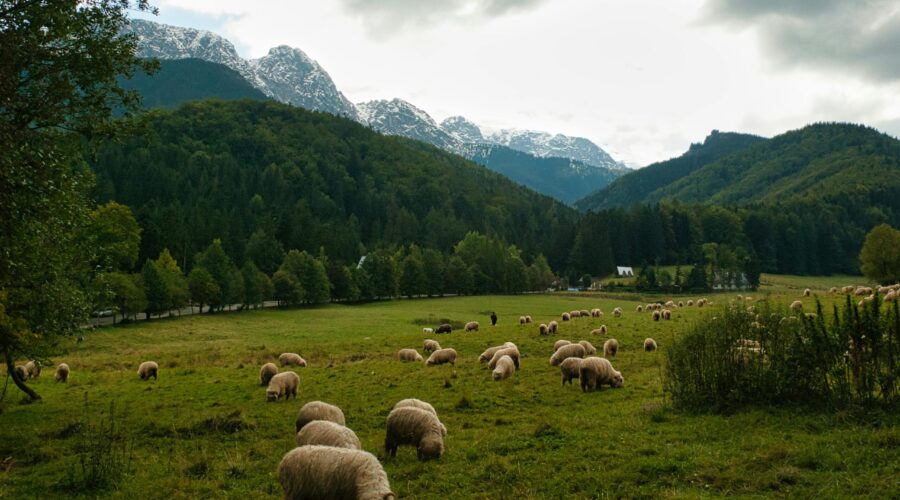From a Highlander Village to a Spa Resort – Rich History and Tradition
Zakopane, picturesquely situated at the foot of the Tatra Mountains, is a town with a rich history that has come a long way from a small shepherd's settlement to one of the most important tourist and cultural centers of Poland.
The beginnings of settlement
The first traces of settlement in the Zakopane area date back to the 17th century. The first mention of Zakopane appears in the chronicle of the Czarnodunajec Parish in 1605. The name of the city probably comes from the word "kopane", referring to a cleared area in the forest used for economic purposes.
Development in the 19th century
In the 19th century, Zakopane gained the status of a health resort, which significantly influenced the development of the city. In 1886, this status was officially obtained, and the sanatoriums that were established attracted patients, especially those struggling with tuberculosis. Many of them, enchanted by the beauty of the Tatra Mountains and the health benefits of the region, decided to settle in Zakopane. Among those who settled there were, among others, the doctor Tytus Chałubiński, the actress Helena Modrzejewska and the writer Henryk Sienkiewicz.
Zakopane as a cultural center
The presence of artists, writers and intellectuals from all over Poland made Zakopane a cultural centre. Many of them, enchanted by the beauty of the Tatras and the unique climate, decided to settle there. Among them were Helena Modrzejewska, Ignacy Baranowski, Henryk Sienkiewicz and Stanisław Witkiewicz.
Architecture in the Zakopane style
An important element of Zakopane's development was architecture. Stanisław Witkiewicz, an architect and painter, developed the so-called Zakopane style, which combined elements of traditional highland architecture with modern trends. Characteristic of this style are wooden buildings with decorative details, such as shingled roofs or carved decorations. An example of such architecture is the "Koliba" villa, designed by Witkiewicz, which today serves as a museum.
Zakopane in the 20th century
In the 20th century, Zakopane continued to develop as a tourist and cultural center. In the interwar period, the city became a popular meeting place for artists, writers, and intellectuals. After World War II, during the Polish People's Republic, Zakopane maintained its position as an important tourist center, although the nature of tourism changed, with an emphasis on mass domestic tourism.
Present day
Today, Zakopane is one of the most important tourist centers in Poland. The city attracts tourists both in summer, offering trails in the Tatras, and in winter, as a center for winter sports. A rich cultural offer, numerous festivals, such as the Festival of Highland Folklore or the Zakopane Theater Summer, and unique architecture attract lovers of culture and tradition.
Summary
The history of Zakopane is a story of transformation from a small shepherd settlement into a dynamically developing city with a rich cultural and tourist tradition. The combination of unique architecture, beautiful nature and rich cultural heritage makes Zakopane one of the most important places on the map of Poland.



